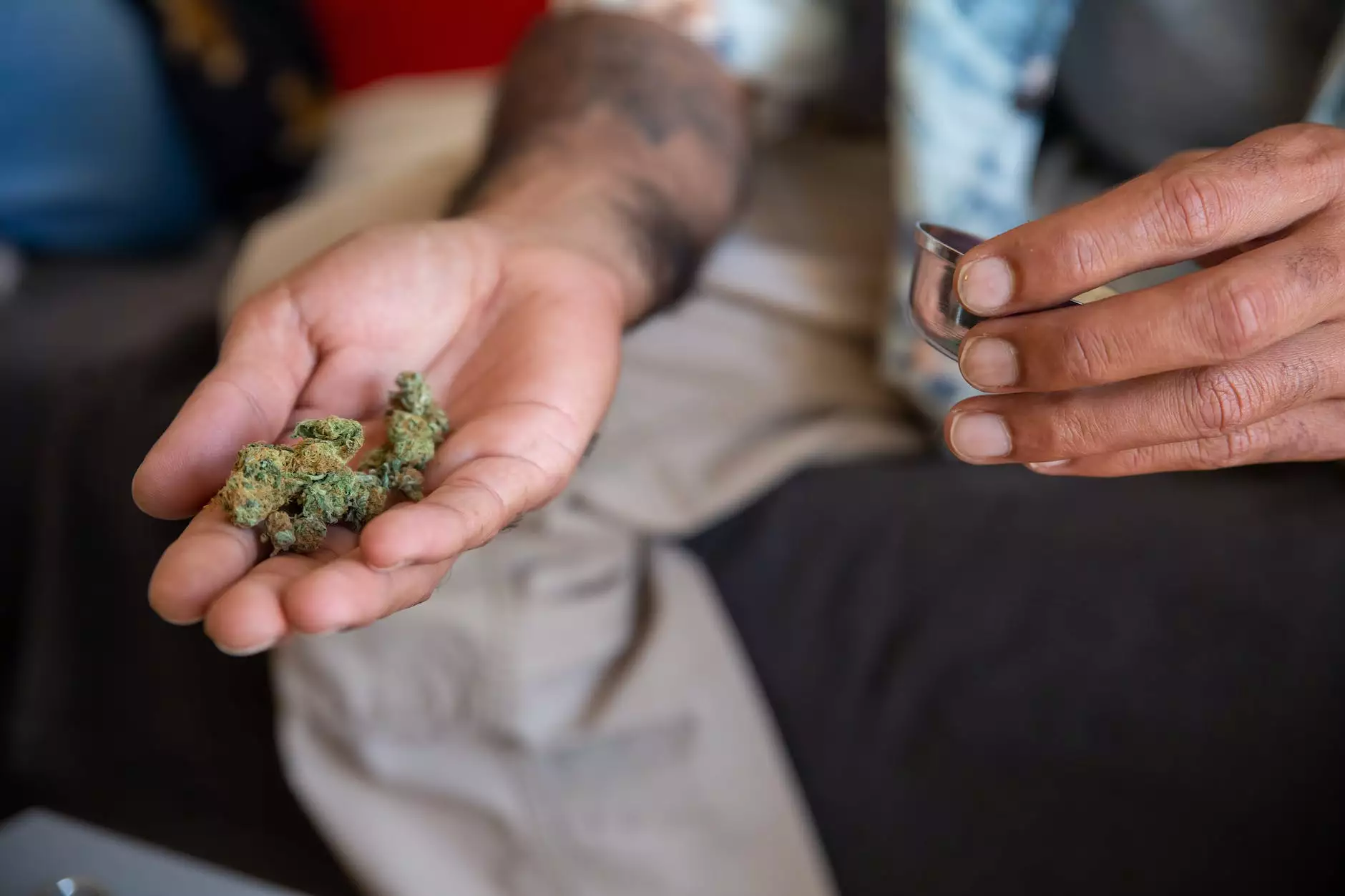The Sleeve Gastrectomy Procedure: Transforming Lives through Weight Loss Surgery

Understanding Sleeve Gastrectomy
Sleeve gastrectomy is a popular bariatric surgery that involves the removal of a significant portion of the stomach, resulting in a tube-like structure or "sleeve." This surgical intervention is designed to help individuals achieve substantial weight loss, particularly those suffering from obesity-related health conditions. By understanding the sleeve gastrectomy procedure, you can make informed decisions about your health and wellness journey.
The Need for Sleeve Gastrectomy
The increasing prevalence of obesity globally has led to a rise in the number of people seeking effective solutions for weight management. Sleeve gastrectomy is particularly suitable for individuals who:
- Are severely obese (Body Mass Index or BMI of 40 or more)
- Have a BMI of 35 or more with obesity-related health conditions such as type 2 diabetes, hypertension, or sleep apnea
- Have attempted other weight loss methods without success
How the Sleeve Gastrectomy Procedure Works
The sleeve gastrectomy procedure is performed under general anesthesia and involves the following steps:
- Introduction of the Laparoscope: Small incisions are made in the abdomen to insert a laparoscope, which is a thin tube equipped with a camera.
- Reduction of the Stomach Size: The surgeon removes approximately 75-80% of the stomach, creating a sleeve-shaped stomach roughly the size of a banana.
- Suturing: The remaining stomach is then sutured to form a tubular shape, which restricts food intake.
- Monitoring and Recovery: After the procedure, patients are monitored closely to ensure a smooth recovery.
Benefits of Sleeve Gastrectomy
The sleeve gastrectomy procedure offers numerous advantages, making it an appealing option for many patients. Some of the notable benefits include:
- Significant Weight Loss: Reports indicate that patients can lose approximately 60-70% of their excess weight within 12 to 18 months after surgery.
- Improved Health Conditions: Many patients experience improvements in obesity-related conditions such as diabetes, high blood pressure, and joint pain.
- Reduced Hunger: The surgery reduces the level of ghrelin, the hormone responsible for stimulating hunger, leading to decreased appetite.
- Minimal Scarring: The laparoscopic approach minimizes scarring and promotes quicker recovery.
Potential Risks and Complications
While the sleeve gastrectomy procedure is generally safe, like any surgical procedure, it carries risks. Possible complications may include:
- Leakage: Leakage from the site where the stomach is stapled may occur, leading to severe complications.
- Blood Clots: There is a risk of developing blood clots in the legs or lungs following surgery.
- Nutritional Deficiencies: Patients may experience deficiencies in essential vitamins and minerals; thus, lifelong supplementation may be necessary.
- Gastroesophageal Reflux Disease (GERD): Some patients may experience increased acid reflux after surgery.
Preparing for Sleeve Gastrectomy
Preparing for the sleeve gastrectomy procedure involves several important steps:
- Consultation: Schedule a consultation with a qualified bariatric surgeon to discuss your specific situation and health goals.
- Preoperative Testing: Undergo necessary medical evaluations to assess your readiness for surgery.
- Dietary Changes: Follow a specialized diet leading up to the surgery, typically consisting of a high-protein, low-carb regimen.
- Psychological Assessment: Some clinics require a psychological evaluation to understand the emotional aspects of your weight loss journey.
Post-Operative Care and Recovery
Post-operative care is crucial for a successful recovery from sleeve gastrectomy. Key points include:
- Hospital Stay: Most patients stay in the hospital for 1-2 days post-surgery for monitoring.
- Resuming Normal Activities: Patients are encouraged to gradually resume daily activities within a few weeks, with full recovery taking about 4-6 weeks.
- Follow-Up Appointments: Regular follow-ups with the surgeon are essential to monitor progress and ensure proper healing.
- Diet Progression: A structured diet plan will be implemented, starting from liquid to soft foods, and eventually transitioning to regular foods.
Lifestyle Changes After Sleeve Gastrectomy
Achieving long-term success after the sleeve gastrectomy procedure requires commitment to lifestyle changes. These changes may include:
- Healthy Eating Habits: Adopting a balanced diet rich in nutrients while controlling portion sizes is vital.
- Regular Physical Activity: Engaging in physical activity such as walking, swimming, or strength training helps maintain weight loss.
- Psycho-Social Support: Joining support groups or working with a mental health professional can be beneficial for emotional well-being.
- Continuous Education: Staying informed about nutrition and health can empower patients to make better lifestyle choices.
Conclusion
The sleeve gastrectomy procedure is not just a surgical intervention; it is a life-changing opportunity for individuals struggling with obesity and its related health issues. Understanding all facets of the procedure—from preparation and benefits to risks and recovery—enables patients to embark on their weight loss journey informed and empowered. For those considering this path, consulting with healthcare professionals at The Wellcome can provide the guidance necessary to navigate this transformative journey.
For more information on the sleeve gastrectomy procedure and to consult experienced doctors at The Wellcome, please visit our website or contact us today. Your journey towards a healthier, more fulfilling life is just a step away!









